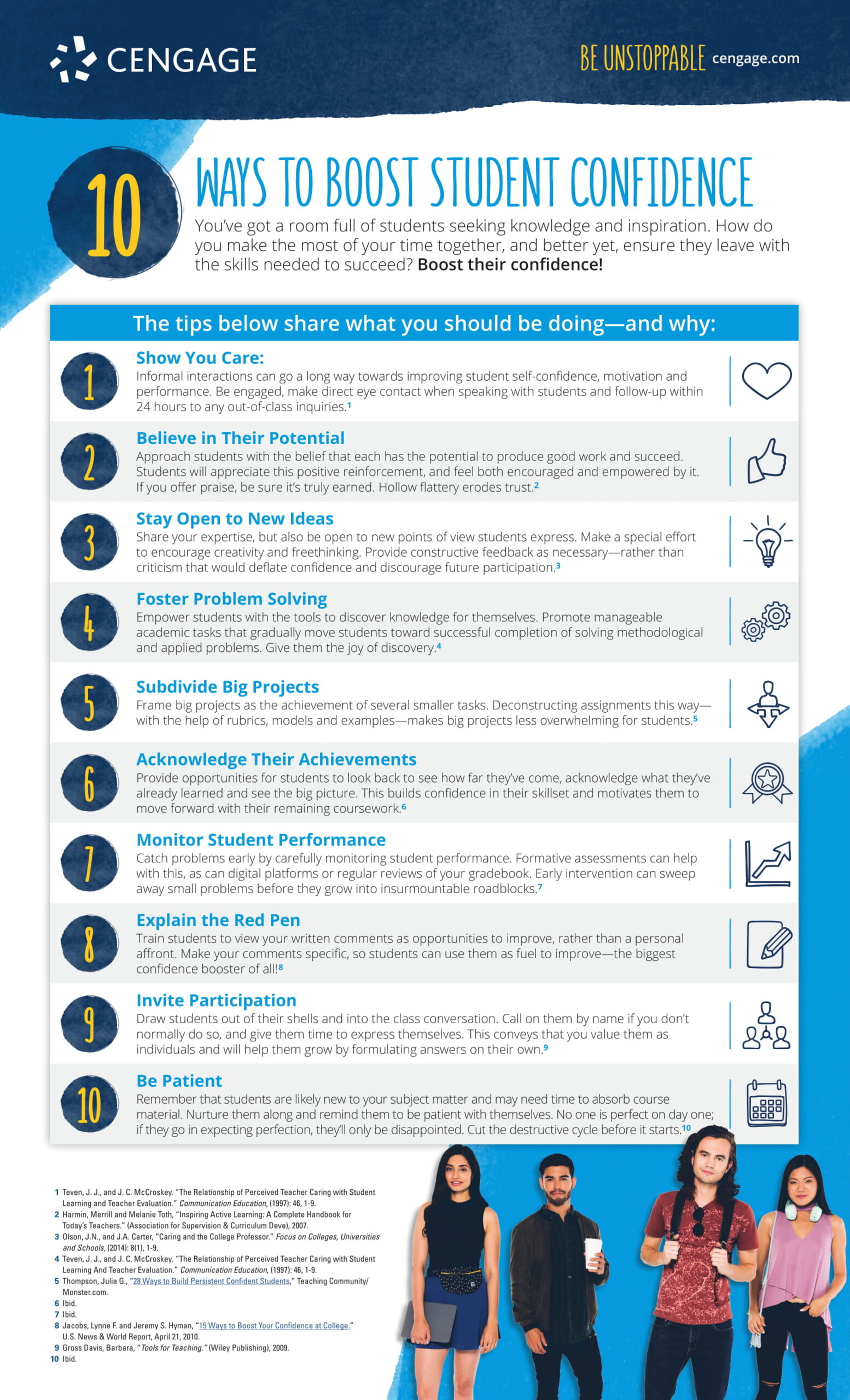Janet Mizrahi is a continuing lecturer who teaches professional writing at the University of California, Santa Barbara. She is also an author at BizCommBuzz.
Time management and its first cousin organization are my middle names. I was organizing disastrous drawers and catastrophic closets before Marie Kondo was born—and had plenty of time left over to do homework, babysit and read novels to excess.
But here’s the rub: For people like me, time management is innate. For others, including many students who juggle multiple responsibilities, time management is anathema.
Nevertheless, it can be learned, and since using time efficiently is one of the primary keys to success, it is worth learning.
Below are some tips to pass along to students to help them manage their time.
Tip 1: Use a calendar to plan ahead.
Using a calendar is integral to time management. The only way to manage a busy schedule is to plan ahead.
At the beginning of each term, students should take a broad view of their commitments by entering them into a physical or digital calendar. Assignment due dates and exam times for all classes should be marked on the calendar using color coding, i.e. red for deadlines, green for exams, etc.
The calendar should also denote fixed commitments such as class times and work shifts and be updated regularly.
Looking at this visual depiction illuminates both open and busy times. Heavy weeks will immediately become clear, and those are the times to plan for. The way to avoid missing deadlines is to plan for them.
 Tip 2: Make daily to-do lists.
Tip 2: Make daily to-do lists.
Making a list of what needs to be accomplished each day is a great time management tool that can clear foggy memories. Crossing off tasks once they are finished also provides a sense of relief and achievement.
Tip 3: Use the A-B-C method to prioritize.
Setting priorities—what to work on first—is another key to time management. The A-B-C method to prioritizing tasks works like this. Write down all tasks that are looming. Then assign each task an A, B or C:
A – must be completed today
B – would be nice to finish today
C – can be pushed to tomorrow if necessary
Tip 4: Know when to switch gears.
Being flexible is also important to managing time well. When life determines that a C-level task becomes an A-level task, it’s time to switch gears. Yes, focusing and finishing a to-do item is great, but sticking doggedly to one task that has become less important just puts an individual behind.
Tip 5: Notice (and deal with) procrastination.
Procrastination leads to anxiety and a worse outcome, whether that be a test, paper or another deliverable. To avoid this common enemy to time management, students should be aware of why they are avoiding the work. If it is because they don’t understand an assignment or reading, they should talk to the professor, TA or other students and obtain clarity.
This attitude requires a level of maturity students often do not possess, which is why instructors should regularly remind their charges to take advantage of help.
If students procrastinate because they can’t find the time to do the work or simply don’t want to do it, they need to revisit their priorities. It might help for instructors to remind students that they are paying a great deal of money to gain knowledge that will carry them through their lives and careers. Hopefully, this advice will resonate with at least a few procrastinators.
Tip 6: Work on one project at a time.
Many articles and studies back up my experience about multitasking, concluding that work suffers when attempting to do several tasks at the same time. Instead, concentrated focus is the best way to learn and produce high level work.
Tip 7: Take frequent breaks.
Because deep focus is tiring, taking breaks when doing something that requires complete attention is necessary. I have learned not to force focus. I step away to do a mundane task like laundry, for example, when I have a writing deadline or must grade papers.
Tip 8: Set deadlines and goals.
The world runs on deadlines—learning to follow them is part of success. People who manage their time well do not miss deadlines. Sometimes this means completing work before it’s due instead of playing catch-up. Staying ahead of deadlines is the key to making deadlines.
Deadlines are particularly important when working on written assignments. Good writing needs time for editing, and if the writing is done without leaving time for revisions, the work will suffer.
Tip 9: Join a study group.
Having a study buddy or joining a study group are great ways to garner the benefit of multiple perspectives and avoid procrastination. In a study group, students can share notes, discuss confusing topics and provide peer-to-peer support.
The Harvard Business Review offers these tips, as well:
- Work during optimal times. Some people work best in the morning, others late at night. Peak performance occurs when work is done during an individual’s prime work time.
- Treat time like money. Organized people dole out time as if it’s a precious commodity. Spending time on necessary tasks simply yields a better return on investment.
- Be realistic about time. Many people do not accurately judge the amount of time a particular task will take. To avoid this common problem, the individual should first estimate how long a chore will take, then compare the actual time it took to the estimated time at the end of the project. The knowledge gained can then be applied the next time a similar project is being planned for.
Learning time management and organizational skills is not just helpful for academic life. These skills are sought after in the workplace, and are pretty darn helpful to have at home, too.
Want more time-management tips you can use as an educator? These higher-ed time hacks are peer-tested and easy to implement.




